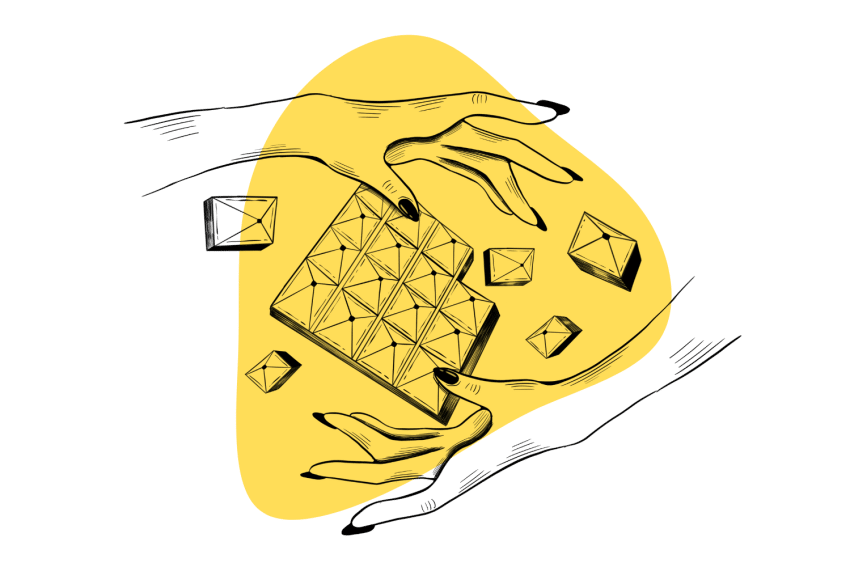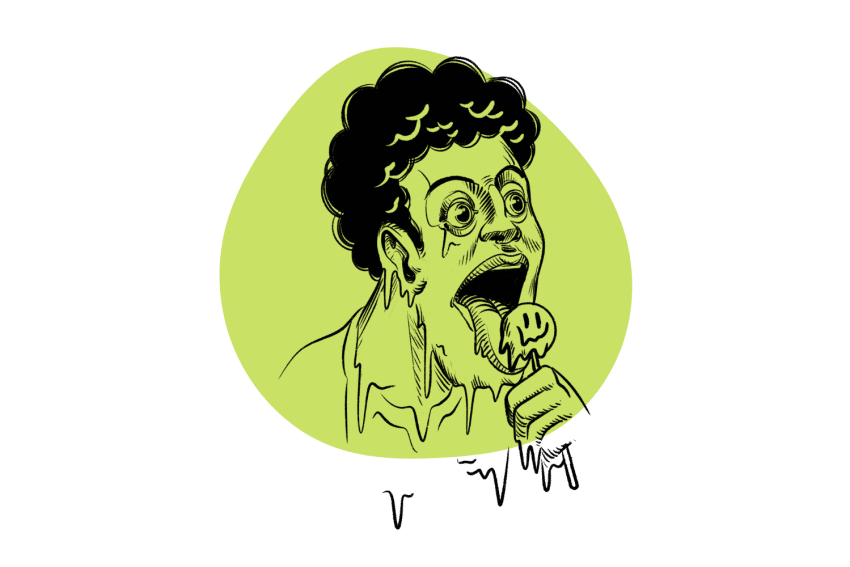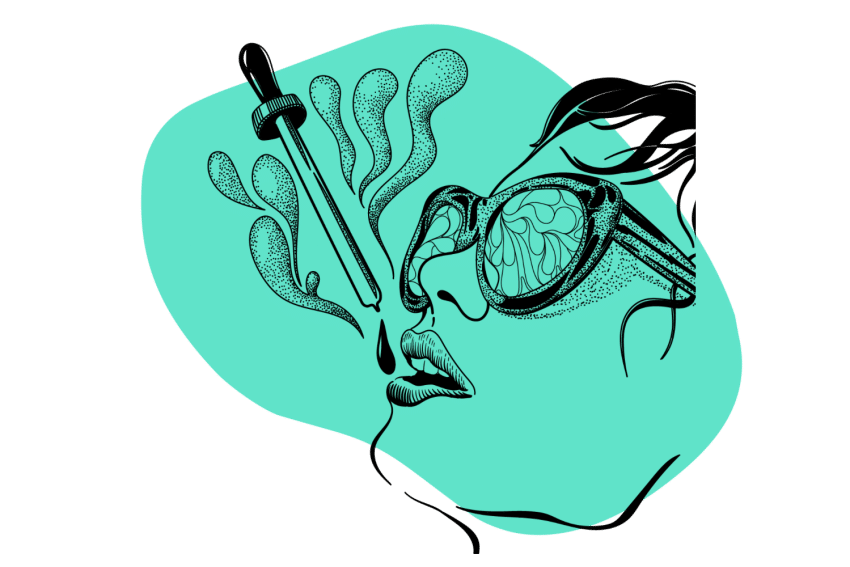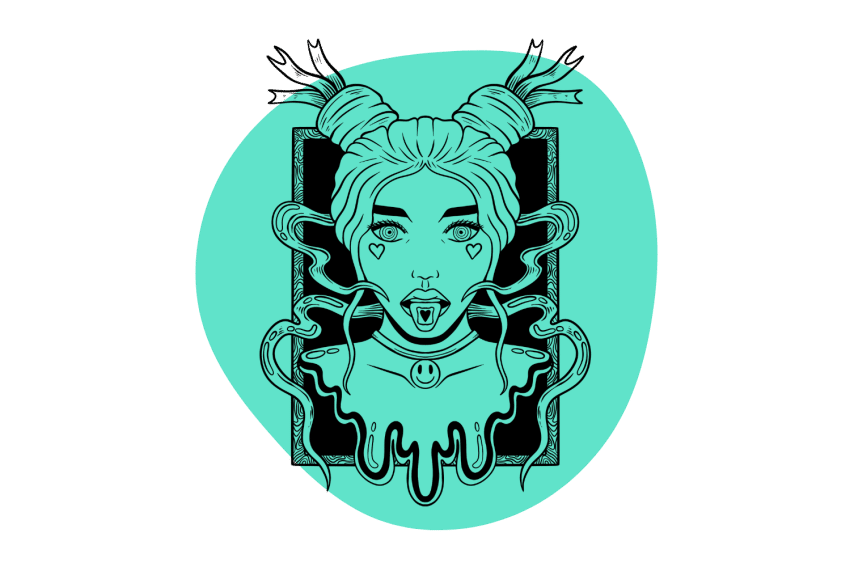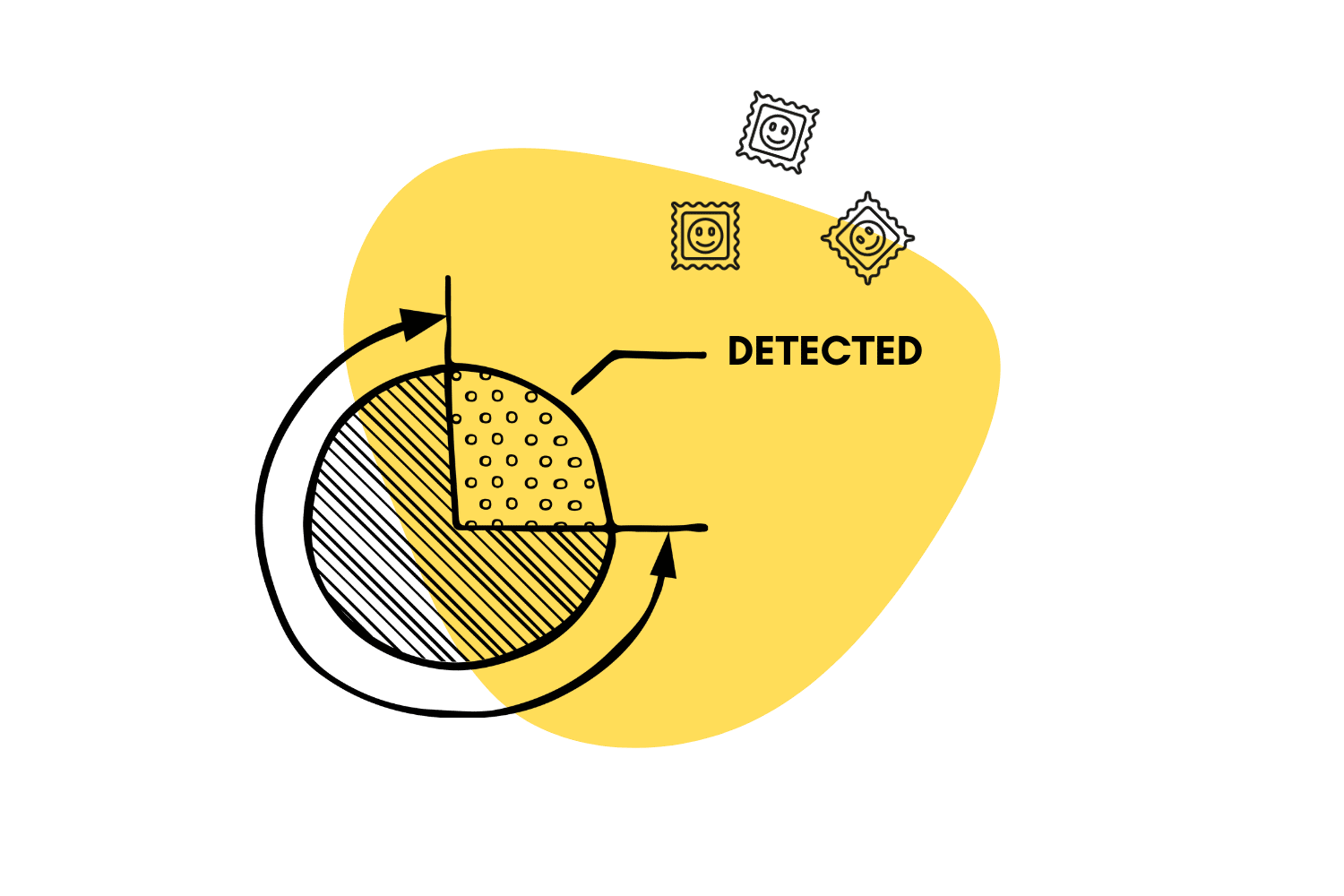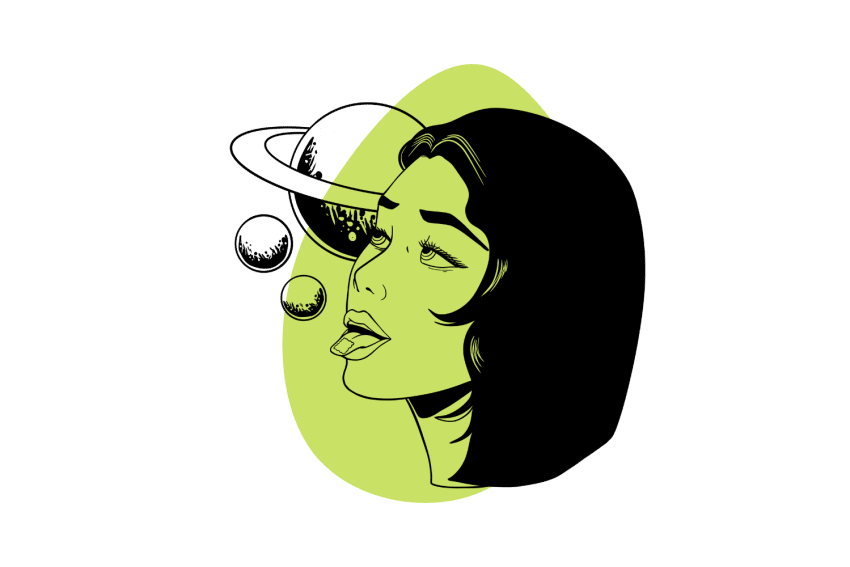What Does LSD Feel Like? Exploring the Effects of LSD
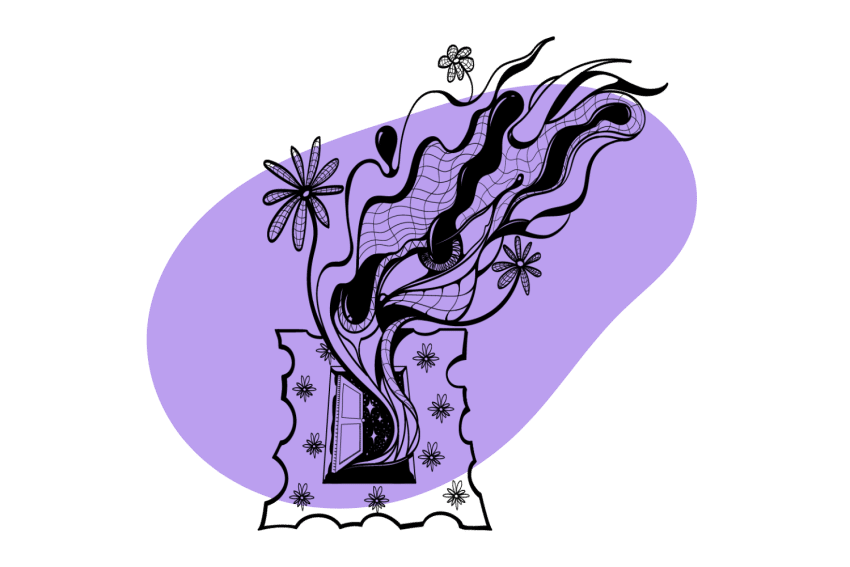
Everybody’s experience with LSD is unique, so it’s impossible to say exactly how it’s going to feel for you when you take it.
With that said, there are some common experiences present in what can be considered a classic acid experience — such as visual and auditory distortions, feelings of euphoria and connection, tingling sensation in the skin, or the sudden emergence of new insights and inspiration.
Here’s what acid feels like.
LSD 101: What is Acid & What Does it Do?
Lysergic acid diethylamide (LSD) is a hallucinogenic drug discovered by Albert Hofmann in 1938. It gained popularity in the 1960s as part of the counterculture movement, becoming the drug of choice for people looking to expand their minds amid strong social tensions between generations and a highly controversial war in Vietnam.
LSD works by mimicking serotonin in the brain. It binds to the serotonin receptors to increase brain activity in some regions and decrease it in others.
The cumulative effects of LSD cause an increase in entropy (chaoticness or randomness) in the brain. This allows thoughts to bubble up from inaccessible parts of the psyche and causes an exaggeration of sensory stimuli.
The effects of LSD begin 30-60 minutes after ingestion and last for around 10 hours.
Where Does LSD Come From?
LSD does not occur in nature and must be synthesized in a lab. It’s created through the hydrolysis of an alkaloid called ergotamine found in a species of fungi called Claviceps purpurea (ergot fungus), which infects grains.

LSD is just one of a large family of compounds collectively known as lysergamides.
Other members of this family include AL-LAD, PRO-LAD, ETH-LAD, LSZ, ALD-52, 1P-LSD, and LSA. All are synthetic, with the exception of LSA, which is found in the seeds of morning glory and Hawaiian Baby Woodrose.
The Effects of LSD
The effects of LSD is highly dependent on the dose. The small microdoses being used by workplace professionals on a daily basis is entirely different from a Saturday afternoon full-blown LSD trip.
Microdoses are used to enhance mental clarity — people report feeling more “awake” and clear-headed.
Larger, psychoactive doses produce powerful distortions in sensory perception, alterations in the perception of time, and dramatic changes in our ontological understanding of the universe and what it means to exist.
Keep in mind that doses of LSD are incredibly small and measured in micrograms. One microgram is a millionth of a gram, 1000 times smaller than one milligram.
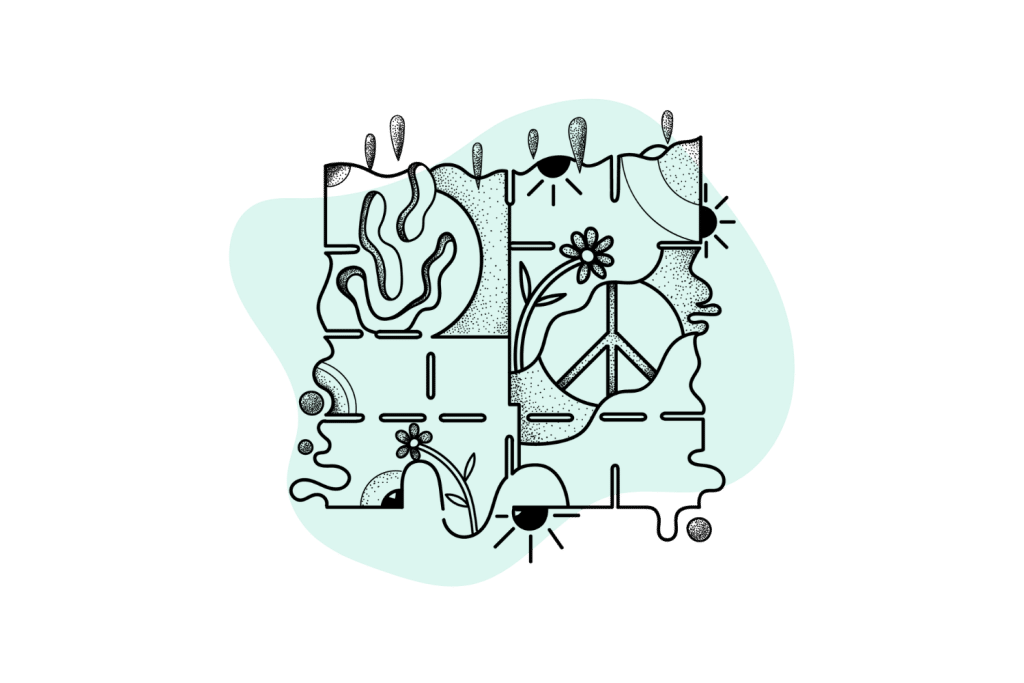
The LSD experience can be broken up into three main categories:
- Microdose (10–25 micrograms) — No noticeable changes in perception. Mild shift in mood (euphoria, calmness, sense of connection), increased focus, ability to enter flow states more easily.
- Standard psychoactive dose (80–200 micrograms) — The most common dose used for the full LSD experience. Strong sensory perception changes (hallucinations), a profound sense of connection (or disconnection), powerful new personal insights.
- Heroic dose (200–400 micrograms) — Profound ontological shift (dramatic change in worldview, ego-death experiences, eureka moments), visual and auditory hallucinations, and rollercoaster of emotions (both up and down). Mystical experiences are common at this dose.
Common Timeline of Effects (Standard Psychoactive Dose of LSD)
The following effect timeline assumes a standard psychoactive dose of around 80–100 micrograms.
1. Taking the Dose
This is where the trip begins. Beginners often expect to feel the effects immediately, but LSD takes at least 30 minutes before the effects become noticeable (sometimes as long as 90 minutes). Try to relax and settle in by keeping your mind calm and relaxed. It helps to do some form of meditation, go for a relaxing walk or anything that helps your mind relax so you can go into the trip with as positive a mindset as possible.
2. Onset of Effects
After 30 minutes to an hour, the first effects start to become apparent. Many people notice a tingling, fluttery feeling in their stomach as the first sign that their trip is underway. Don’t worry if you don’t feel anything after 30 minutes; everyone will have a slightly different experience, and some people might not notice any effects for an hour or more.
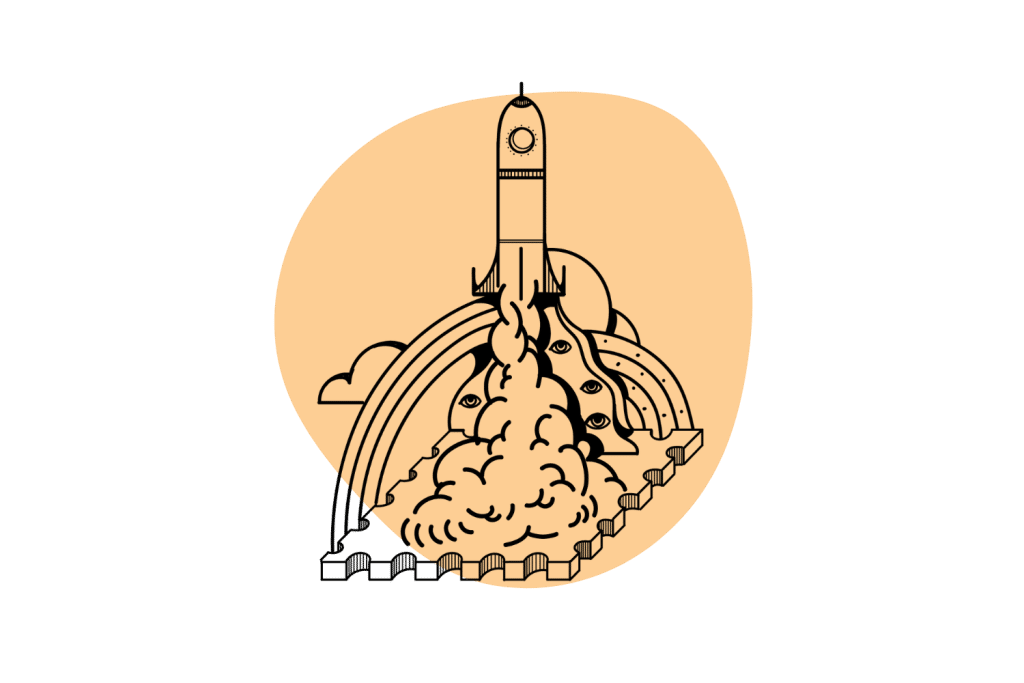
At the 60 minute mark, most people start experiencing noticeable visual hallucinations. Objects might appear to wiggle or shake, and you’ll feel light and giggly.
Many people feel as though their perspective changes. You may feel as though you’re taller than normal or somehow floating as you walk or move around.
Lights, colors, and patterns will start to vibrate or move. You may notice the text on your phone or computer screen become hard to read as they jitter around on the page.
3. Peak Effects
Three or four hours after taking LSD is where the effects normally reach their peak. Most people feel euphoric at this point and experience vivid auditory and visual hallucinations. Depending on how much you took, you can expect peak effects to last for 2–3 hours. Larger doses have a longer peak; smaller doses start to phase out more quickly.
This phase is where your trip sitter needs to be most attentive. If a trip is going to go bad, it will most likely happen around the 2–4 hour mark. Some people experience severe anxiety and paranoia during peak effects and may lose their sense of self. A trip sitter can help root the experiencer in reality and prevent panic.
If the trip is going well, you may experience detachment and dissociative thoughts — this is normal. If your set and setting are in order, these effects can be mind-blowing, changing how you view the universe and your place in it for the better.
During the peak, the visual and auditory hallucinations will be at their highest intensity. You may notice patterns moving from one surface to another, picture frames may start to rotate, or spin, and solid objects appear to be fluid.
Audio hallucinations are also quite strong. Listening to music sounds entirely different, even with tracks you’ve listened to countless times. Sometimes music you normally don’t like sounds incredible, other times you may find you don’t like music you normally listen to.
4. Diminishing Effects & Aftershocks
Peak effects start to fade after 4 hours. LSD’s effects don’t end abruptly, and you will experience alternating waves of high and low-intensity effects called aftershocks for several hours. Each wave will peak at a lower intensity, slowly becoming less intense until the effects vanish altogether.
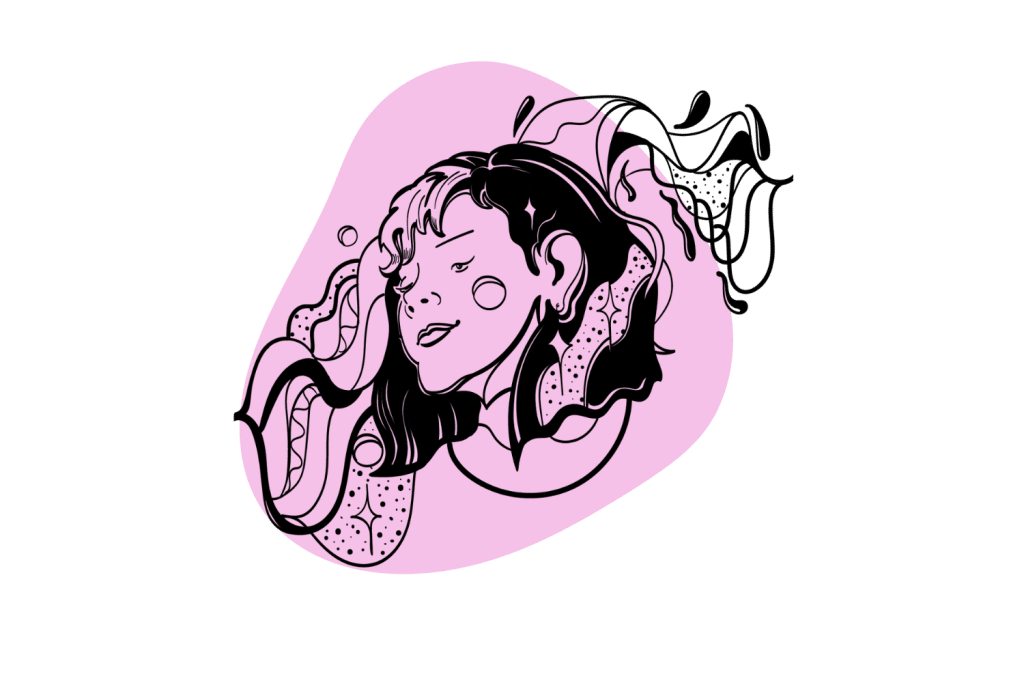
There will be moments where you feel almost back to normal again, followed by periods where the effects of the LSD kick in once again.
Eventually, the aftershocks will be unnoticeable as you return to normal.
5. The Comedown
Many people find that they stop feeling the effects of LSD after six or seven hours. This is a time for introspection, to digest the experience and reflect on how your trip changes your perception of the world and yourself.
Some people might notice lingering subtle effects lasting several hours after the primary experience has worn off. It’s difficult to predict precisely how long your experience will last since everyone’s circumstances are different. Your dose, metabolism, and set and setting all affect how long your trip lasts.
Most people feel relaxed and content at this stage and enjoy basking in their thoughts. It’s common for people to sit or lay down for hours at this point, reflecting on their experience and enjoying their calm mental state.
Even in those who feel calm and relaxed during the comedown will have a hard time falling asleep. Your body will be exhausted from the experience, especially if you spent the day exploring and walking around — yet your mind will remain active.
6. The Afterglow
Some users say their perception remains altered for several days even after the effects end. It’s unclear whether this comes from trace amounts of LSD in their system or if it’s purely psychological.
LSD has a profound impact on how people perceive the world, and some people say they feel permanently changed after a trip.

An important part of LSD is to remain open to your new worldview and use it to expand your mind and grow as a person. You may feel inspired to change some of your unhealthy or unwanted habits or feel refreshed and reinvigorated about life.
Also see: Can Orange Juice Really Improve a Psychedelic Trip?
Why Do the Effects of LSD Last So Long?
LSD has a strong affinity for the serotonin receptors in your brain — even more than the body’s natural serotonin. LSD binds to these receptors and holds on for several hours before eventually falling off and getting broken down.
The biological half-life of LSD is around five hours, meaning it takes about five hours for 50% of your dose to be eliminated from your bloodstream.
However, peak concentration in plasma occurs around 3–4 hours after ingestion, which matches when most people feel the strongest effects.
Are the Effects of LSD Stronger Than Other Psychedelics?
LSD is regarded as one of the strongest psychedelic drugs in terms of dose. It’s one of the few drugs that exert psychoactive effects at sub-milligram doses (about 0.2 mg).
To put it into perspective, the standard psychoactive dose of psilocybin (the active ingredient in magic mushrooms) is around 20 mg, and the psychoactive dose of DMT (dimethyltryptamine) is closer to 40 mg (smoked or vaped).
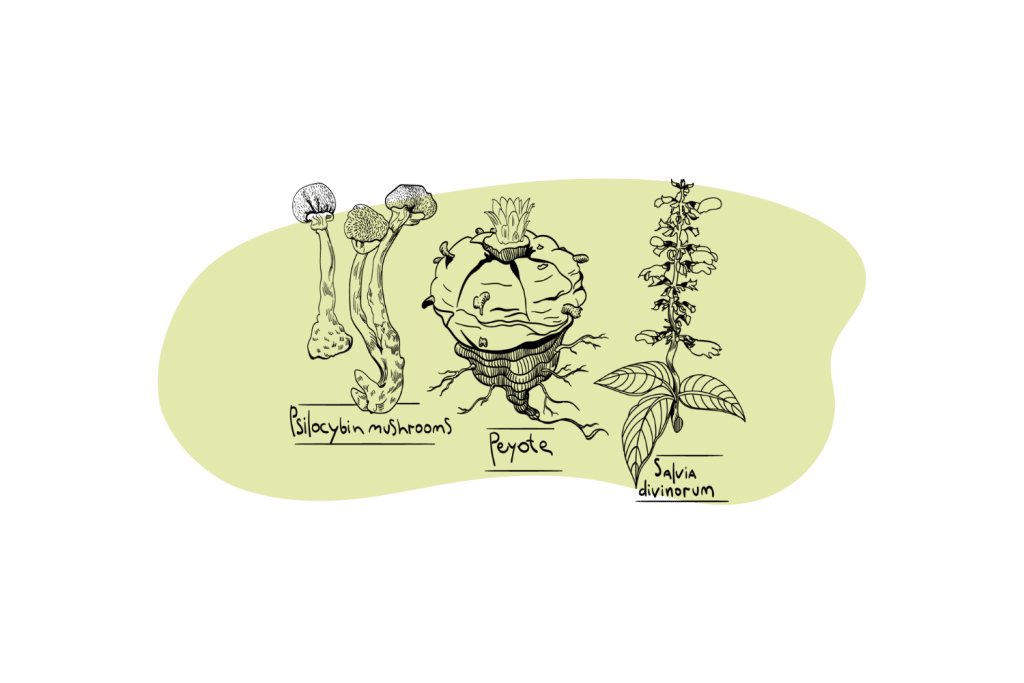
LSD is a formidable psychedelic, capable of producing out-of-body experiences, powerful visual and auditory distortions, and a distinct change in the perception of time.
However, there are other psychedelics considered stronger in terms of the actual depth of the experience.
For example, DMT requires a higher dose, but the effects are arguably stronger than LSD. It’s common for users to completely leave the body and enter what feels like a completely different dimension. The same is true for Salvia divinorum.
Other substances are much stronger hallucinogens — such as datura, Brugmansia (boracherro tree), or mandrake. These substances are considered “true hallucinogens” because they induce visions of entities or experiences that aren’t really there. LSD is hallucinogenic, but these visions are directly derived from objects or entities based in reality.
Is LSD Safe to Use?
For healthy individuals without a history of mental illness, LSD is widely considered safe to use. There are no reported cases of LSD overdose, and even people who have unwittingly taken hundreds of times larger doses than the standard dose recovered without lasting effects.
However, taking extreme doses of LSD is risky and likely to cause unpleasant side effects at the very least. Even though LSD doesn’t cause brain damage or result in any direct physical harm — the chances of accidental injury increase when using any psychoactive compound, including LSD.
People with a history of mental illness should not take LSD, as it may induce psychosis or a rare condition called HPPD (hallucinogen-persisting perception disorder).
It’s also important to test your LSD before you take it. Fake LSD tabs sometimes contain a compound called 25I-NBOMe (or related substances), which produce similar psychoactive effects but have been linked to dozens of deaths.
Also see: Is LSD Addictive?
Wrapping Up: What Does Acid Feel Like?
LSD is a potent and common psychedelic. It can be intimidating to new users, but it’s not as scary as it’s made out to be.
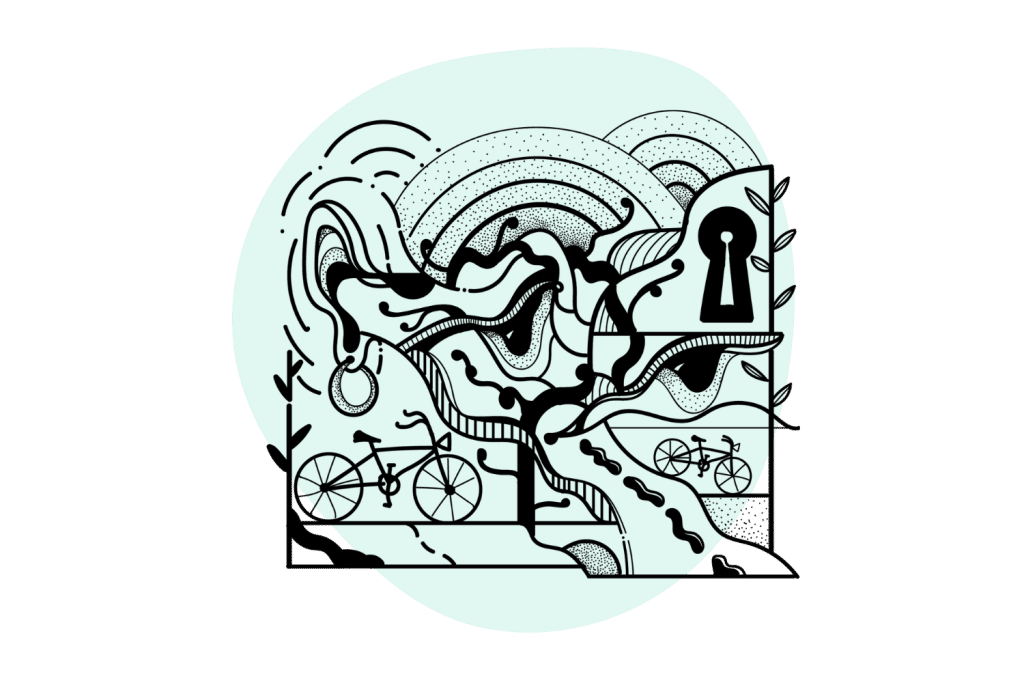
Every LSD experience is unique from the last. Every person experiences it differently, and every session is different, even among the same individual.
LSD expands whatever you’re feeling going into the trip, so the best way to ensure a positive experience is to make an effort to get into the right headspace before you start. Meditate, go for a walk, spend time with people you love and trust, etc.
The LSD experience involves visual and auditory distortions, which are different from a true hallucination because it involves an exaggeration or distortion in the sounds and sights you’re experiencing. You won’t see a giant pink elephant or anything like that, but you may see the patterns from grandmas plaid couch creeping up the side of your friend’s leg.
An LSD trip usually lasts for around ten hours from the initial dose to when you stop feeling any effects. Make sure to plan your trip accordingly and leave yourself enough time to contemplate your experience once it’s over.

